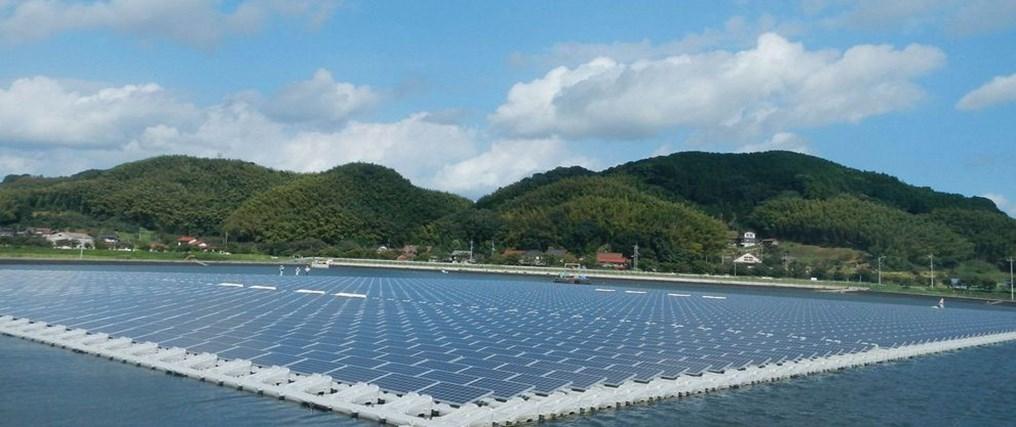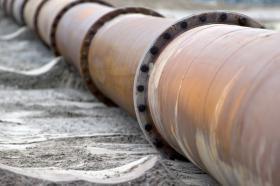
3 minute read
Japanese Solar Technology
Solar Technology in Japan
By: Matthew Golden
Across Tokyo Bay, and about an hour drive from the center of Tokyo, two Japanese companies, Kyocera and Century Tokyo Leasing Corporation, are teaming up with a French company by the name of Ciel et Terra (Sky and Earth) to find innovative solutions to renewable energy in areas where land is in high demand. At Yamakura Dam, there are plans to put in enough photovoltaic cells to offset 8,000 tons, or 1,700 cars’ worth of carbon annually. Several other countries like the United Kingdom, Australia, India and Italy are following Japan's ambitious solar initiative to include floating solar panels in infrastructure upgrades taking place in the near future.
To minimize the effect of decreased sunlight on the water from the shadows cast, the arrays will be placed in the center in order to avoid the delicate fauna and ecosystems near the banks and placement in man-made reservoirs is preferred to natural ones. Avoiding the contamination of drinking water is also a top priority and is why Japanese electronics manufacturer Kyocera is teaming up with the French company Ciel et Terre to ensure that the photovoltaic cells of the planned Yamakura plant do not corrode or break the seals.
Engineers planning the facility recognized the difficulties of waterproof panels early on in the process and sought out help. The general manager of Kyocera's solar energy marketing division, Ichiro Ikeda, chose Ciel et Terre because of their expertise in designing exactly what was needed for the project to be a success, “The floating platforms made by the French company Ciel et Terre are recyclable and resistant to years of solar abuse and corrosion.” Another thing to consider for Japanese infrastructure work is the possibility of natural disasters and so the arrays have been tested against all foreseeable events. In France, the frames holding the array together and waterproofing it were tested against winds up to 118 miles per hour in France's premier aerospace laboratory, Onera, just 25 minutes south of Paris.
According to Kyocera's planners, the solar farm within Yamakura Dam should be in operation by March of 2016 and, if this experiment is successful, should be the first of many similar farms in Japan and around the world. The reason that Japan is the poster child of this movement is largely due to their already widespread reservoir system being used to allow for their extensive rice industry. This in addition to the country’s shortage of usable land for building and the need to feed the city of Tokyo, which has the highest population density in Japan provides a unique opportunity for planners. This combination of factors makes land a commodity and therefore makes solar arrays a pricey energy option (2). Placing the solar array in the reservoir avoids the expensive land rent and the water surrounding the cells provides an unforeseen benefit and cools them. According to Ciel et Terra this could generate up to 20% more energy than a similar array on land. The shift to solar arrays in Japan’s numerous reservoirs could allow for older solar arrays to be used for other more efficient endeavors and make energy more inexpensive for the residents of the surrounding area.
For now the plans for floating solar cells are limited to reservoirs or even lakes depending on the context, but Kyocera and Ciel et Terre already have their eyes on salt water systems of a much larger scale. At the moment there seem to be more issues with logistics than there are energy benefits. In Thailand, Ciel et Terre has been experimenting in salt water systems but the general theme seems to be that they are a worse investment than a standard land solar farm. There is also the question of transporting the energy to shore, and the longer the wire, the greater the chance that something will go wrong. In the meantime, the collaboration between French and Japanese companies seems to have its roots in conservation of space and efficiency, and this works in Japan. However, as this idea spreads there are more possibilities, which can be applied in other countries to help move solar farms forward.










